Sodium erythorbate
- CAS NO.:6381-77-7
- Empirical Formula: C6H9NaO6
- Molecular Weight: 200.12
- MDL number: MFCD00067298
- EINECS: 228-973-9
- SAFETY DATA SHEET (SDS)
- Update Date: 2024-10-28 23:16:16
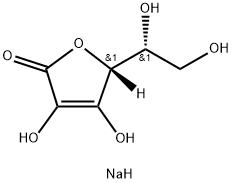
What is Sodium erythorbate?
Chemical properties
Sodium erythorbate is a white to yellow-white crystalline powder or granules that are slightly salty and almost odorless. It is stable in the dry state but can deteriorate when exposed to air, trace metals, heat and light in solution. The compound has a melting point above 200℃ (decomposition) and is soluble in water (17g/100m1) but almost insoluble in ethanol. The pH of a 2% aqueous solution ranges from 5.5 to 8.0.
The Uses of Sodium erythorbate
Sodium Erythorbate is an antioxidant that is the sodium salt of erythorbic acid. in the dry crystal state it is nonreactive, but in water solution it readily reacts with atmospheric oxygen and other oxidiz- ing agents, a property that makes it valuable as an antioxidant. during preparation, a minimal amount of air should be incorpo- rated and it should be stored at a cool temperature. it has a solubility of 15 g in 100 ml of water at 25°c. on a comparative basis, 1.09 parts of sodium erythorbate are equivalent to 1 part of sodium ascor- bate; 1.23 parts of sodium erythorbate are equivalent to 1 part ery- thorbic acid. it functions to control oxidative color and flavor deterioration in a variety of foods. in meat curing, it controls and accelerates the nitrite curing reaction and maintains the color brightness. it is used in frankfurters, bologna, and cured meats and is occasionally used in beverages, baked goods, and potato salad. it is also termed sodium isoascorbate.
Preparation
It is produced through using D-glucose fermentation of Pseudomonas fluorescens Kl005 or Arthrobacter globiformis K1022 to produce 2-keto-D-gluconic acid (or calcium salt), followed by being esterified, transformed and refined. The composition of the fermentation medium is: glucose: 18; yeast extract 0.3; K2HPO4 ? 3H2O: 0.05; KH2PO4: 0.05; MgSO4 ? 7H2O: 0.025,;CaCO:34.5. The fermentation temperature is controlled at 30~35 ℃, the fermentation period is 30h, and the fermentation conversion ratio (%) is 79.9%. The fermentation broth is supplemented with sulfate and activated carbon for acidification and decoloring, followed by pressurized filtrate to obtain the clean liquid with a yield of 96.6%.
The purified fermentation broth was concentrated by decompression, and methanol and sulfuric acid were added for refluxed esterification of 5h, followed by frozen and centrifuged filtering to obtain methyl ester with a yield of 82.1%. The methyl ester was transformed with basic methanol solution under refluxing conditions, and the product was further frozen and crystallized to dryness to obtain the crude product of D-isoascorbic acid. The conversion yield was 87.3%, and it was dissolved in hot water and decolorized with activated carbon. The filtrate is pressurized filtrated and the supernatant liquid is frozen, crystallized, centrifugalized, washed and vacuum dried to obtain finished product.
The mother liquid is recovered and the yield is 88.0%.
General Description
Almost odorless fluffy, white to off-white crystalline powder. Used as an antioxidant and preservative.
Air & Water Reactions
Water soluble.
Reactivity Profile
Sodium erythorbate may be sensitive to prolonged exposure to light. Incompatible with strong oxidizing agents .
Fire Hazard
Flash point data for Sodium erythorbate are not available; however, Sodium erythorbate is probably combustible.
Flammability and Explosibility
Non flammable
Properties of Sodium erythorbate
| Melting point: | 154-164°C (decomposes) |
| alpha | 97 º (c=1,DMF) |
| Density | 1.702[at 20℃] |
| vapor pressure | 0Pa at 25℃ |
| refractive index | 97 ° (C=10, H2O) |
| storage temp. | Sealed in dry,Room Temperature |
| solubility | Soluble in DMSO |
| form | solid |
| color | Light yellow to yellow |
| Odor | at 100.00?%. odorless |
| Water Solubility | 146g/L at 20℃ |
| CAS DataBase Reference | 6381-77-7(CAS DataBase Reference) |
| EPA Substance Registry System | Sodium erythorbate (6381-77-7) |
Safety information for Sodium erythorbate
| Signal word | Warning |
| Pictogram(s) |
 Exclamation Mark Irritant GHS07 |
| GHS Hazard Statements |
H320:Serious eye damage/eye irritation |
| Precautionary Statement Codes |
P264:Wash hands thoroughly after handling. P264:Wash skin thouroughly after handling. |
Computed Descriptors for Sodium erythorbate
Abamectin manufacturer
HRV Global Life Sciences
New Products
4-Aminotetrahydropyran-4-carbonitrile Hydrochloride (R)-3-Aminobutanenitrile Hydrochloride 4-AMINO-TETRAHYDRO-PYRAN-4-CARBOXYLIC ACID HCL 4-(Dimethylamino)tetrahydro-2H-pyran-4-carbonitrile 3-((Dimethylamino)methyl)-5-methylhexan-2-one oxalate 1,4-Dioxa-8-azaspiro[4.5]decane 5-Bromo-2-nitropyridine Nimesulide BP Aceclofenac IP/BP/EP Diclofenac Sodium IP/BP/EP/USP Mefenamic Acid IP/BP/EP/USP Ornidazole IP Diclofenac Potassium SODIUM AAS SOLUTION ZINC AAS SOLUTION BUFFER SOLUTION PH 10.0(BORATE) GOOCH CRUCIBLE SINTERED AQUANIL 5 BERYLLIUM AAS SOLUTION 2-Bromo-1-(bromomethyl)-3-chloro-5-nitrobenzene 2-Bromo-3-nitroaniline N-(3-Hydroxypropyl)-N-methylacetamide 3-Bromo-6-chloropyridazine 4-ethyl-3-nitrobenzoic acidRelated products of tetrahydrofuran
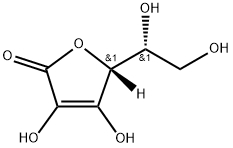
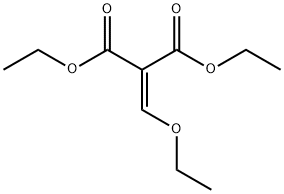




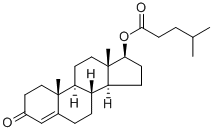
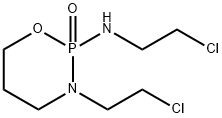
You may like
-
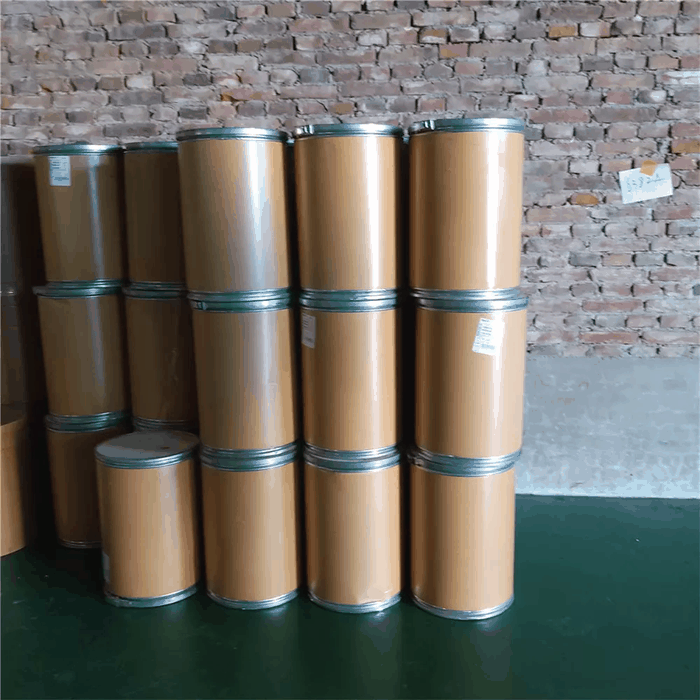 6381-77-7 Sodium Isoascorbate 99%View Details
6381-77-7 Sodium Isoascorbate 99%View Details
6381-77-7 -
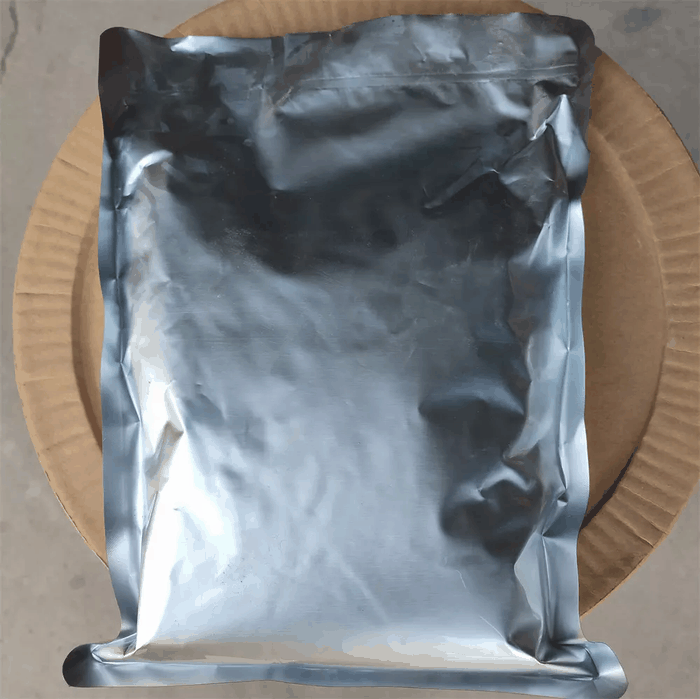 6381-77-7 98%View Details
6381-77-7 98%View Details
6381-77-7 -
 1823368-42-8 98%View Details
1823368-42-8 98%View Details
1823368-42-8 -
 2-(3-(tert-butyl)phenoxy)-2-methylpropanoic acid 1307449-08-6 98%View Details
2-(3-(tert-butyl)phenoxy)-2-methylpropanoic acid 1307449-08-6 98%View Details
1307449-08-6 -
 Ethyl 3-(furan-2-yl)-3-hydroxypropanoate 25408-95-1 98%View Details
Ethyl 3-(furan-2-yl)-3-hydroxypropanoate 25408-95-1 98%View Details
25408-95-1 -
 2-Chloro-5-fluoro-1-methoxy-3-methylbenzene 98%View Details
2-Chloro-5-fluoro-1-methoxy-3-methylbenzene 98%View Details
1805639-70-6 -
 1784294-80-9 98%View Details
1784294-80-9 98%View Details
1784294-80-9 -
 Lithium ClavulanateView Details
Lithium ClavulanateView Details
61177-44-4